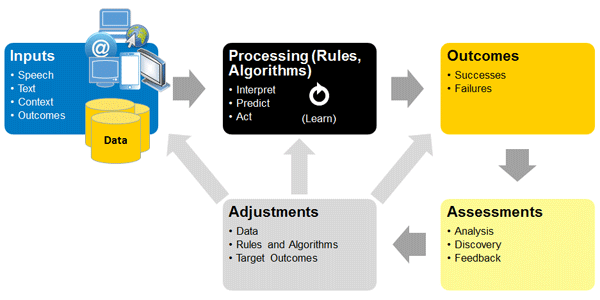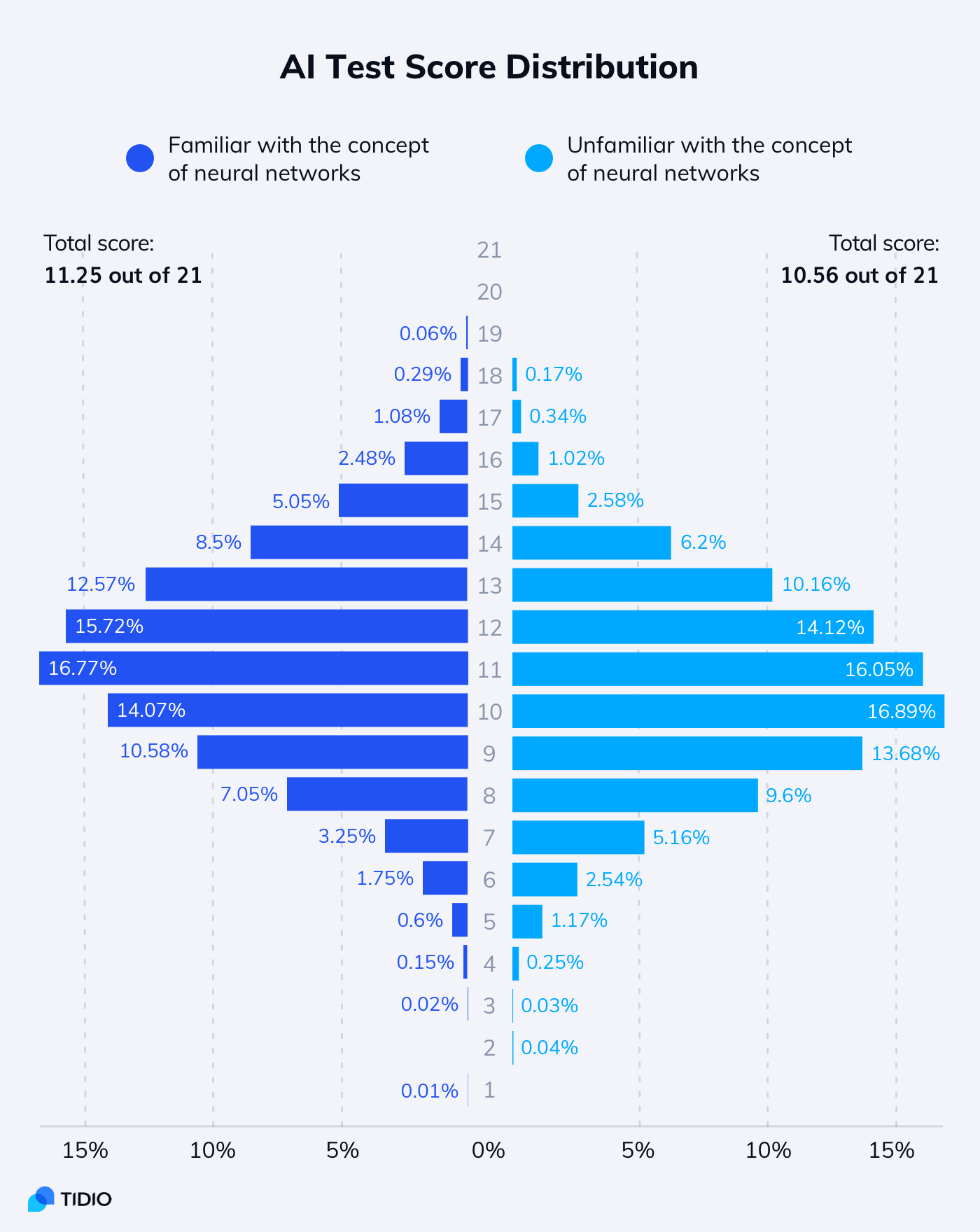ARTificial Intelligence
The curiosity that is artificial intelligence is spreading into popular culture lately, with TikTok trends, videography edits, and debates about autonomy. Generators like MidJourney, NightCafe, and Dall-E2 have surfaced with incredible aesthetic capabilities and unique renderings. Artists and aesthete's alike have debated their job securities, the future of art making and technological relationships, and have debated conceptual ownership and copyright laws. Tensions have been rising between those who fully embrace AI and those who feel threatened by the powerful tool.

The SaS institute explains how AI works by stating "combining large amounts of data with fast, iterative processing and intelligent algorithms, allowing the software to learn automatically from patterns or features in the data."

One of the main concepts to understand is Visual Link Retrieval. It's one of the foundational attributes of how and why artificial intelligence is so incredible. Castellano and Vessio explain how visual link retrieval, "which relies on the use of a deep convolutional neural network to perform feature extraction and a fully unsupervised nearest neighbor mechanism to retrieve links between the digitized paintings", is used with machine learning. Because the program is unsupervised, the machine can swiftly fill in the gaps of data with whatever is necessary, without direct guidance or permission. So, for example if the input is "purple skies", and this specific input has scarce metadata attached to it, then the program can retrieve a combination of links that are visually or conceptually similar and stitch them together.
The idea of artificial intelligence or machine learning has been in the making since the early 1800's, some argue even earlier. This is evident with the conceptual narrative of Frankenstein and with the Greek myth of Pygmalion and Galatea. These stories tell us something that is evident in humanity: the desire to create something that is just like us, though artificial. Imitation is human nature, children imitate those around then to learn language and to learn social norms. The act of creation is also intrinsically human, while bunnies can only forage, humans can create delicious meals with a few ingredients. So the idea that imitation and creation go hand in hand isn't far fetched. We love to create imitations of everything and anything, it human nature.
Below is a video in response to the 200th anniversary of Mark Shelley's Frankenstein. "A multi-year research project, Frankenstein AI challenges commonly dystopian narratives around artificial intelligence, and seeks to provoke and broaden conversation around the trajectory of this rapidly emerging technology."
How does Artificial Intelligence effect creativity and creative research? How do (creative) opinions differ between scientists and artists?
Roosa Wingstrom and her team conducted extensive research, exploring the idea of creativity between scientists and artists, and asked how AI is perceived by the the disciplines. "Scientists often define creativity via an outcome that, in their domain, should be valuable and novel knowledge. Artists focus on the creativity process with a personal perspective and often see that all outcomes have intrinsic value. " They define creativity with five main elements (right) with keeping concepts of originality (novelty) and effectiveness (usefulness) in mind.
But this was a general description. Artists and scientists had different opinion on how to define creativity.

"The artists often defined creativity from their personal perspectives on the creation process, which they described based on feelings, practices, past experiences, and exploration. Artists’ creativity is a state of being: 'you live in this flow where artistic work and thought is present all the time. It is a part of life' (Artist 12). Notably, many artists described this process as play and also used other play-related concepts, such as spontaneity, surprise, freedom, boredom, idleness, and boldness, to break the rules of reality (cf. Lundman, Citation2012)."
"The scientists described the creativity process as one in which the outcome – which must meet the demands of knowledge in the domain – is considered early on. Decisions and actions in the creative process must be justified, explained, and verified, and creativity must occur within the rules of the domain. For instance, Scientist 3 found it most creative when they were “thinking outside of the box and trying things no one else has done.” At the same time, they recognized that the results are 'too different compared [with] the mainstream to get them published in the top journals.'"
Creativity can be conducted in both art and science, even though their definitions differ slightly. So, if artistic computer science is entangled in creative pursuits, how does a machine's ability to create unique visual art compare to a human's? A British psychologist named Sir Frederick Bartlett proposed the idea of schema theory in 1932. East Tennessee University describes it as "units of understanding that can be hierarchically categorized as well as webbed into complex relationships with one another." The research below, conducted by Mingyong Cheng, "evaluates different perceptions on painting created by either of the artists. When a painting is generated by two distinct constructs, how either of the works are assessed differs most depending on objective variation in composition and structure, as well as the audience’s artistic bias.".
https://doi.org/10.3390/proceedings2022081110
In conclusion, the study shows that AI art is just as creatively artistic as any other art form and vouches for those who are exploring this new leading-edge technology. They also propose the idea that AI could be called artists themselves, rather than merely collaborators.
When it comes to comparisons between humans and robots, it can be said that humans have the ability to feel artwork, to gain conceptual understanding of it, and to display imagery that only humans have the ability to grasp. But does this statement hold true when it comes to artificial intelligence art? Can humans tell the difference between AI art and human-crafted work? Ahmed Elgammal via American Scientist put this question to the test. Starting at Art Basal Miami, Elgammal showcased AICAN images and then took this a step further, exhibiting work around the world. He stated: "We found that people couldn’t tell the difference: Seventy-five percent of the time, they thought the AICAN-generated images had been produced by a human artist."
https://www.americanscientist.org/article/ai-is-blurring-the-definition-of-artist
But dont just take their word for it, put yourself to the test for evidence. https://www.tidio.com/blog/ai-test/ Kazimierz Rajnerowicz, author of this highly informational article, relays "In some survey groups, as many as 87% of respondents mistook an AI-generated image for a real photo of a person. Only 62% of respondents interested in AI and machine learning managed to answer more than half of the questions correctly. Among the remaining respondents, more than 64% were wrong most of the time."

The lines are blurred. Many artists still feel the looming threat of AI, due to copywriting issues. This may put their hours and hours of conceptual thinking and hands-on work to rest. Because if their concepts and work are getting ripped off, then whats the point of continuing to share it?
https://doi.org/10.2139/ssrn.3225323
On the other hand, there are many artists who dislike or even protest the use of AI. It should be noted, that during my research, I had not come across many oppositional viewpoint in modern academia. It seems like many artistic academics are excited about new processes being formed and taking up the challenge of expansion and evolution.
https://hyperallergic.com/806026/digital-artists-are-pushing-back-against-ai/
Several artists are offended by their work being used to train artificial intelligence that cost money to use, and no consent nor compensation was offered. Loish (@loisvg via instagram) makes a good point, as reviewed in the article above. She conveys that musicians aren't being treated the same way. Music AI was offered royalty-free music in order to learn, due to the possibilities of legal issues.
History has changed course once again with the rise of AI. It is a very interesting time to be alive, and I am pleased to have such interesting and ethically challenging topics to discuss. I hope that more research can be conducted in order to understand machine learning processes, and more artists will adapt in order to survive the A.i.pocolypse.